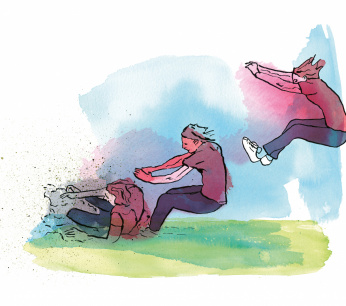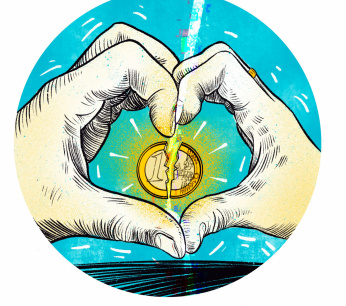Technical direction more often chosen by girls
The technical courses at HAVO, VWO and MBO are less and less of a 'man thing', CBS figures show that the girls are catching up. Much more often than ten years ago, they opt for a technical direction. "There is a clear increase," said Tanja Traag of the CBS in a video on the website.

Image: \x3ca href=\"https://www.techniekbeeldbank.nu/home\" target=\"_blank\" rel=\"noopener\"\x3eTechniekBeeldbank.nu\x3c/a\x3e
Ten years ago, 2 percent of girls in HAVO opted for the Nature and Technology profile, with compulsory subjects such as Mathematics B and Physics and Chemistry, this school year the share has increased to 10 percent. Ten years ago, in VWO, about one in twenty girls chose a technical direction. That is now about one in three. 'With the introduction of the renewed second phase in secondary education, the share of girls has increased considerably', says the Traag of the CBS.
The second phase made it easier to choose a dual profile in which students combine the profiles Nature and Health and Nature and Technology.
Mbo
Since 2010/2011 girls have more often obtained a technical diploma in MBO. The share grew from 6 percent to 11 percent in 2015/2016. However, girls in secondary vocational education more often obtain a different technology diploma than boys, especially in the clothing and shoe industry, design and audiovisual production.
The technical direction is least popular with girls in VMBO. This school year, 4 percent of girls in the third and fourth grade chose the direction. That is considerably less than the proportion of boys at 33 percent.
Further training
Nevertheless, the more often chosen technical profile does not mean that more women obtain a diploma in a technical direction. 'The share of women in HBO and WO is still lagging behind,' says Traag. The share of women with a degree in engineering, industry or construction increased from 2 percent in 2006/2007 to 3 percent in 2015/2016. The share of men was 15 percent in 2015/2016.


